‘Fusion’ Food Is Finally Moving Past Cheeseburger Wontons
Credit to Author: Bettina Makalintal| Date: Mon, 06 May 2019 12:51:31 +0000
When I asked Ralph Hsiao and Andrew Marco about Asian “fusion” food, the conversation quickly turned to the cheeseburger wonton. That’s not something the two self-taught chefs make for their Los Angeles pop-up series, RCTNGL, nor is it—from what I gather from our shared laughter—something they hope to cook. But when you talk “fusion” in 2019, the cheeseburger wonton is both a perfect example of the category and a confusing yet unavoidable trope.
No, instead, they mix grilled pork belly and tuna ceviche to make Filipino sinuglaw, which they serve atop a tostada made with forbidden rice. Pancit molo, a Filipino wonton soup, is finished with chili oil to evoke Sichuan’s spicy dumplings. Deep-fried chicken wings are “tossed like Buffalo Wild Wings,” Marco said, in an adobo glaze. It’s food that draws inspiration partly from the Philippines, where Marco’s family originates; partly from Taiwan, where Hsiao’s family is from; and partly from Los Angeles, where fast food has shared space with dishes from Mexico, Sichuan, Hong Kong, and more over the course of their lives.
There are many terms Hsiao and Marco could have chosen to describe their food, but since they started RCTNGL two years ago, the pop-up dinner series has turned from side hustle to full-time gig. And the two have decided that what they’re doing is “fusion.” They know the criticisms, and they agree. Fusion now is at best passé—associated with muddled, nonsensical mashups from the 90s—and at worst problematic, with chefs borrowing carelessly from cuisines with which they barely hold ties. But with a new perspective, one rooted in attribution and education, Hsiao and Marco think fusion can be reclaimed as something positive. And across the country, a new generation of Asian American chefs is starting to think the same thing.
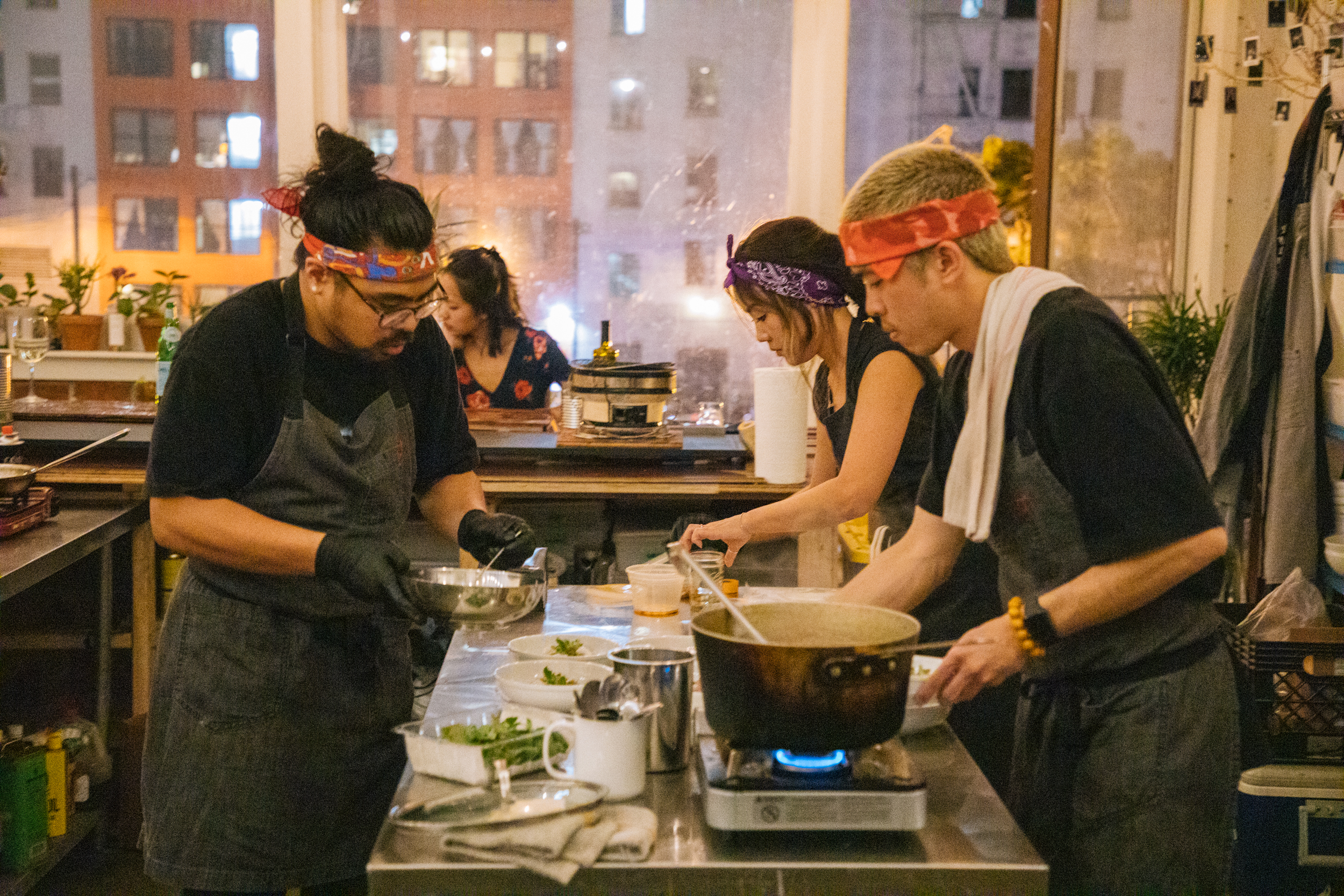
Marco, Hsiao, and I all fit the vague grouping of “first-generation.” I immigrated to the United States from the Philippines in 1997 at the age of five, when fusion was the trend in restaurant culture at large. My parents were initially enthusiastic; fusion meant familiar flavors were easier to find. But eventually, as the style became more ubiquitous, their outlook soured. Fusion had come to signify distance from what they really wanted, which was the food they grew up with. Now, it’s a term they treat with disdain: If Filipino food is “fusion,” that means they don’t like it. For people of a similar background, fusion can pull at the tensions of our often-confusing multiple identities; fusion dishes arise with relative ease, but our mixed cultural backgrounds don’t.
“When the term ‘fusion’ comes up,” Hsiao told me, “I think about very commercially-driven places, where they take very popular dishes, combine them, and throw something at the wall.” That’s been a long-standing critique of fusion: It forces cuisines together without context or explanation. Growing up as the children of immigrants in LA, Marco and Hsiao ate food from their own cultures alongside foods from many others; “fusion,” however, evoked specific clichés, like French fries topped with sweet, cured Filipino tocino. When they started RCTNGL, Hsiao said, “We were also on that bandwagon of hate.”
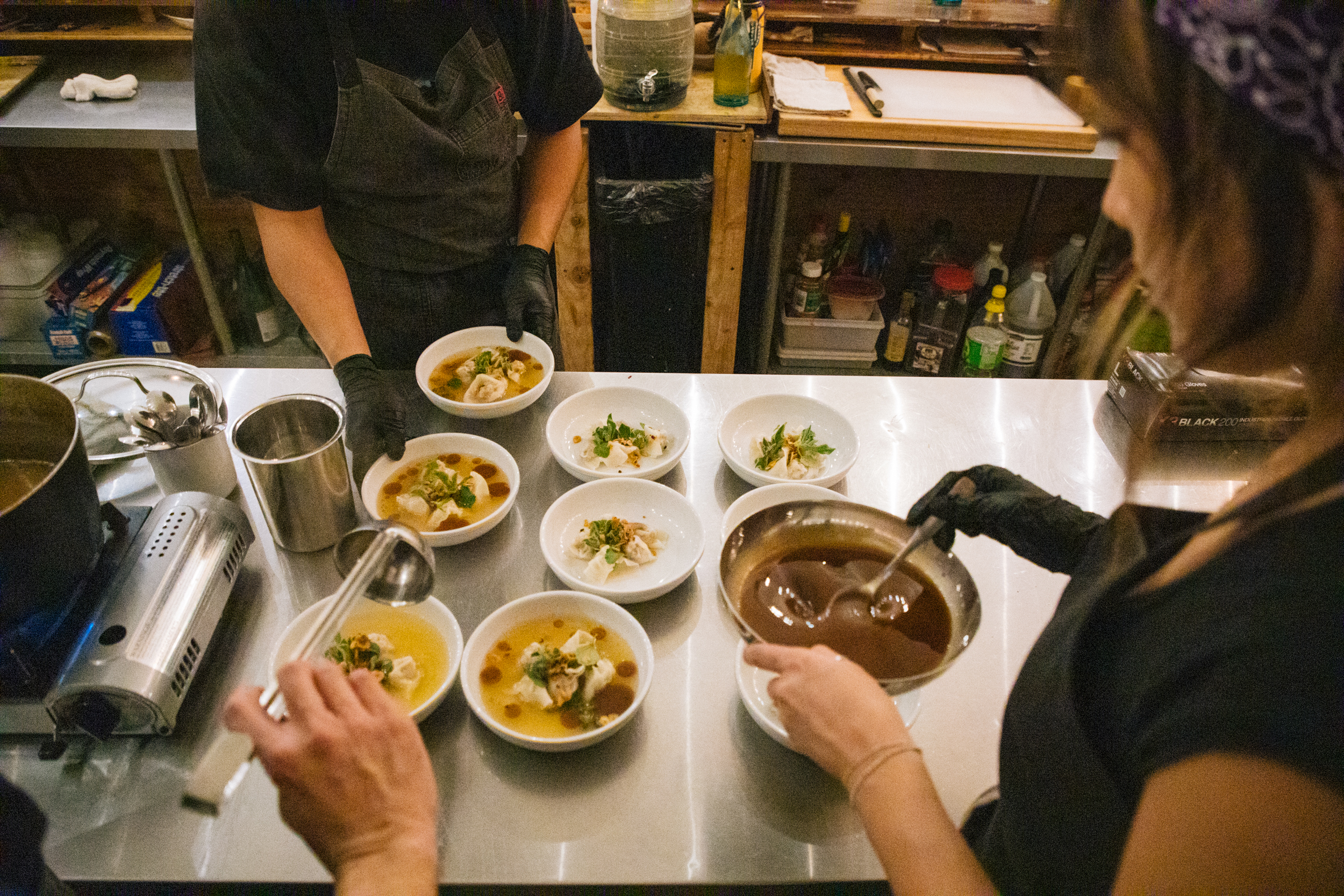
For a broader population, fusion didn’t always carry negative associations. After chef Norman Van Aken coined the term—a nod to jazz fusion’s incorporation of rock and funk—and chefs like Wolfgang Puck and Jean-Georges Vongerichten popularized it, it was a culinary juggernaut in the 80s and 90s. By 1997, Ruth Reichl called it “all the rage” in the New York Times. As fusion trickled down from fine dining, it became ubiquitous, which was why I experienced it during my early-aughts childhood in suburban Pennsylvania—where the Cheesecake Factory still makes, yes, cheeseburger egg rolls.
By the 00s, just as my parents’ minds changed, fusion developed notable critics. In 2001, food historian Albert Sonnenfeld said the style focused more on ingredients than on flavor, and as Nigella Lawson wrote in 2005, “My fusion-phobia […] stems from sitting in front of too many plates of discordant ingredients.” By the time Anthony Myint and Danny Bowien announced that they were opening San Francisco’s Mission Chinese Food in 2010, they had to clear the air: Mission Chinese wouldn’t be “your typical Chinese spot,” but, as Bowien told Eater, “It’s also not going to be some weird Mexican-Chinese fusion taco truck.”
Calls to scrap fusion have carried on. “Don’t Call It Fusion Cuisine,” the Wall Street Journal warned in 2014. “Seattle, It’s Time to Retire the Phrase ‘Asian Fusion’,” wrote The Stranger in 2015, the same year that Forbes ran a piece called “Fusion Confusion: The Great Culinary Debate.” If chefs “embraced global techniques,” a writer from Grub Street suggested in 2017, they could unlock a “more authentic approach” to fusion. Not only does fusion easily veer into a gimmick, they said, but the term can oversimplify the experiences of people with multiple backgrounds, whose aren’t “fusing” anything but rather living within the web of global exchange.
The pushback to fusion has led to a move towards identity-based cuisines. By opting for descriptors like “Taiwanese American” or “Filipino-inspired,” for example, chefs have started leaning into the idea that food mirrors the people behind it, hoping to better represent the ways immigrants and their children actually eat and live. By 2017, New York Times restaurant critic Ligaya Mishan hailed “Asian-American Cuisine’s Rise, and Triumph.”
Despite all of that pushback, fusion never actually went away: A Yelp search for “Asian fusion” pulls up over 1000 results in just the island of Manhattan, and even Betty Crocker has a recipe for wasabi mashed potatoes. If it’s going to exist, then it can be done better—or that’s what chefs like Hsiao and Marco are hoping.
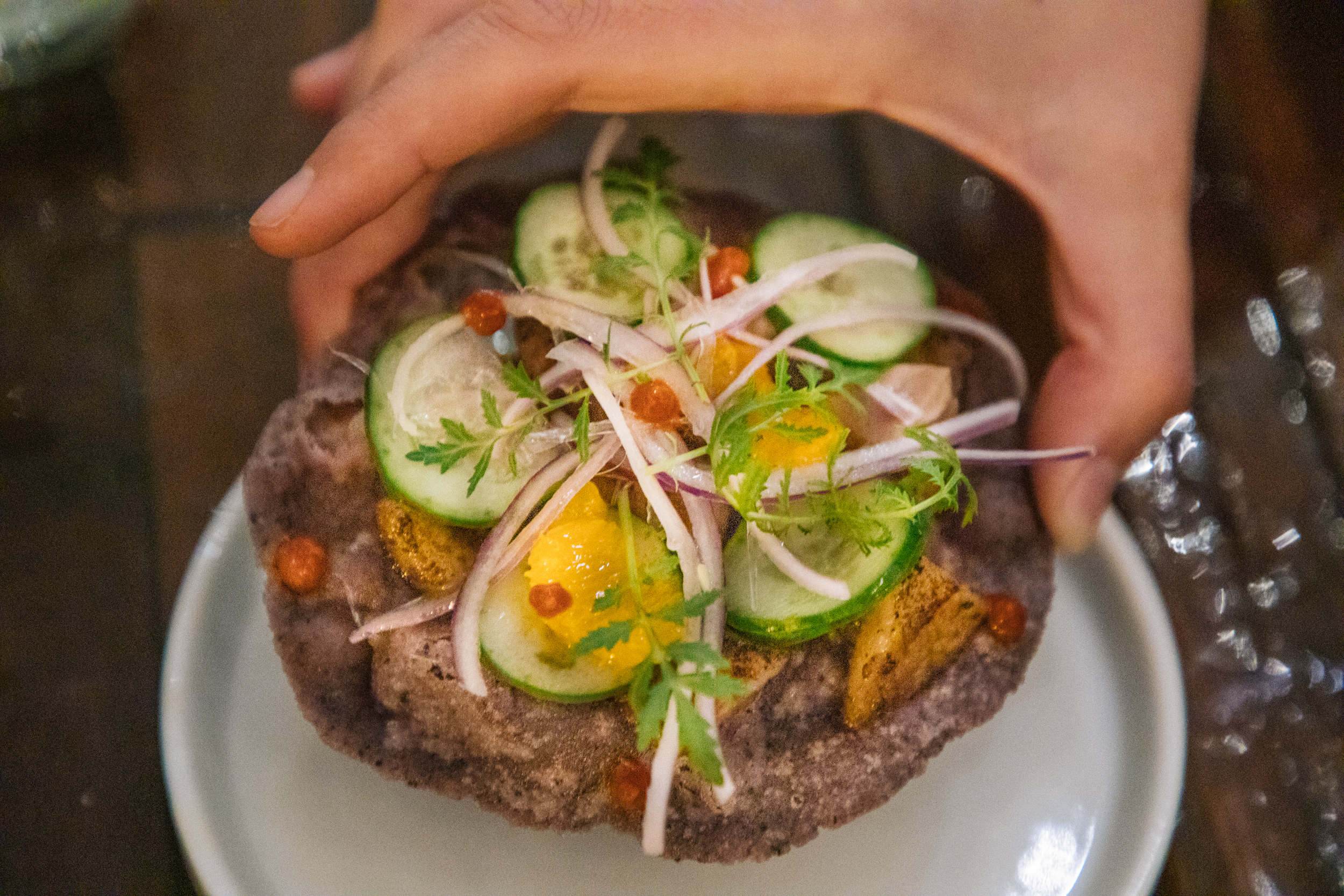
“We’re always fighting between our dual identities,” Hsiao said. “But what I think is really important is attribution. Attribution means that whatever we do, we do with respect—and just showing people where things come from and where we can go and take it.” When it comes to the sinuglaw-topped tostada, for example, they could have called it a rice flour cracker. But since they were drawing inspiration, in part, from Mexican fish tostadas, Marco said that calling it a cracker would have erased the inspiration, attribution, and “vibe” of the dish. Instead, he told me, “It’s like fusion, but doing it responsibly.”
Attribution can’t happen without education, and as Angela Dimayuga, then a chef at Mission Chinese Food, told us in 2017, increased access to information about how ingredients are used globally helped change her mind on fusion. “When we opened on East Broadway, I decided that I felt comfortable calling the food ‘fusion’ and reclaiming that word as well,” she said. “If there’s an ingredient you don’t know, you can look it up on your phone, and you can see how it is being used. Now that we’re in that time, it was OK to take back that word, for me.”
Amy Le, who co-owns the Chicago Asian-Latin restaurant Saucy Porka with her husband, told me that a focus on education is what grounds her fusion cuisine. Le is Vietnamese, and she grew up in St. Louis, where her parents got sponsorship as refugees and where her mom worked in Chinese restaurants. “I was so tired of walking into a place and them throwing on kimchi and saying, ‘Hey, this is a fusion taco,’” she told me over the phone. “I felt like there was more depth into fusing food—if you’re going to use the term ‘fusion’—to really integrate the natural elements that exist in both cultures and marry them in a way that seemed more organic.
The chef she worked with on the Saucy Porka menu is from Puerto Rico, she said, and he told her about the red rice he cooks with sofrito and pigeon peas. The fundamentals sounded like fried rice, so they riffed on it, but with chili garlic sauce and edamame in place of the peas; now, it’s on the menu as arroz con edamame. “It was like, ‘This is what I ate, this is what you ate,’” Le told me. “I think it’s taking what already exists and seeing how those similar ingredients exists in other cultural dishes, and that’s how we create our fusion.”
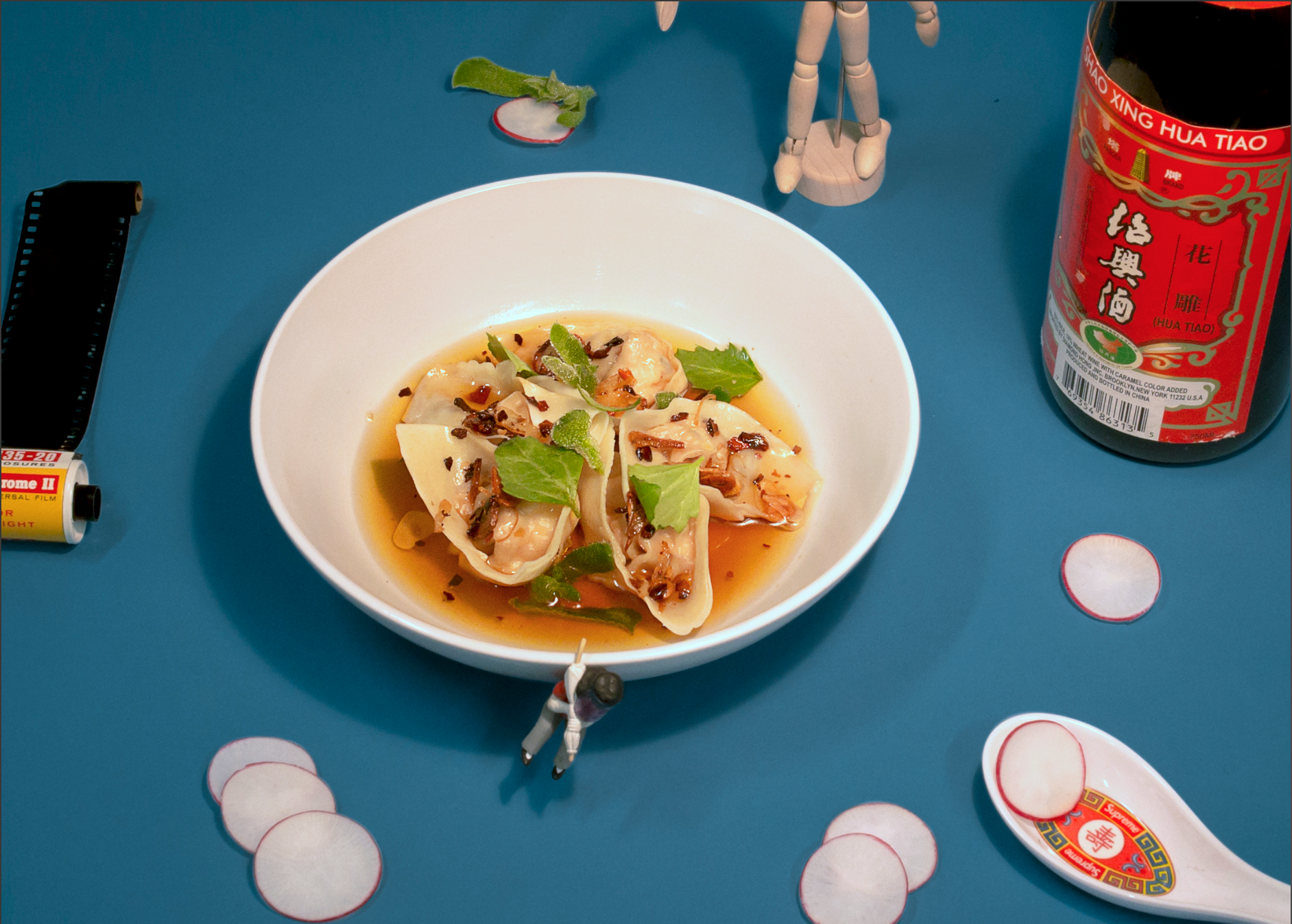
In its least successful guises, fusion once meant dishes divorced from context, an approach that highlighted divisions between cultures as it attempted to mash them together. For people who feel the tensions of multiple identities, maybe fusion can now be a way to contemplate the way those coexist. In some cases, it might mean exploring a shared history and bringing together paths that have diverged.
Marco went back to RCTNGL’s mashup of Filipino pancit molo and Sichuan dumplings. The former, he reminded me, comes from China’s wonton soup, the result of trade between China and the Philippines that goes back to the 10th century. “Ralph is Taiwanese; I’m Filipino,” he said. “Our dishes that originated from China have separated over time, but it’s like taking that time now, with both of us having grown up in LA, to bring that back together.”
But while some chefs shared positive views on fusion with me, others remain skeptical.
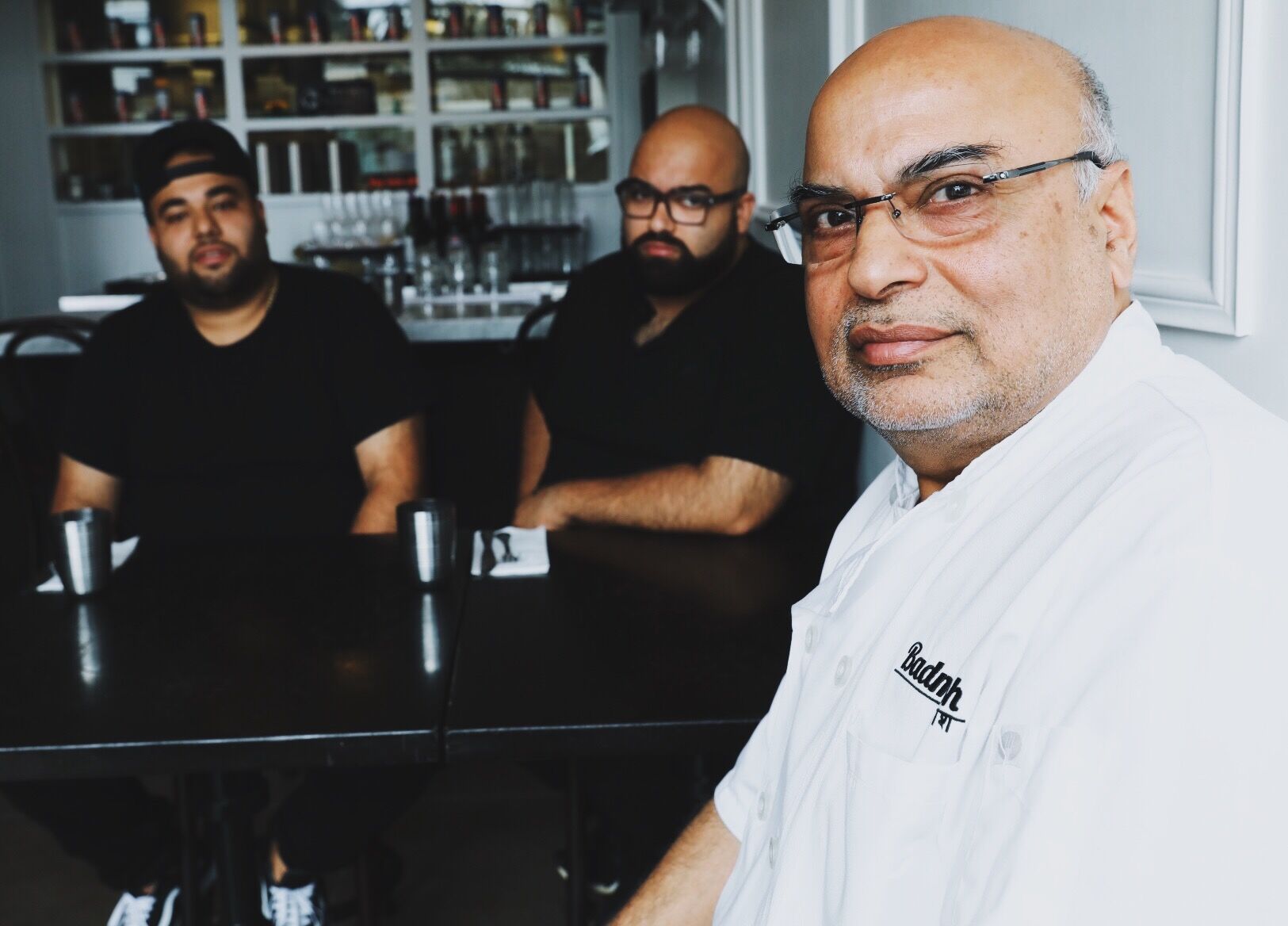
In Los Angeles, Nakul Mahendro, his brother Arjun, and their father Pawan own two locations of the restaurant Badmaash. Their culinary background spans the globe. Pawan is an immigrant from India, but he’s focused on high-end French and Italian cuisine over 45 years as a chef. Nakul and Arjun, meanwhile, grew up in Toronto, where they filled ketchup-smeared burger buns with leftover lamb kebab as kids at backyard barbecues. Now at Badmaash, a grown-up version of that burger shares the menu with cheese-stuffed naan and chicken tikka poutine, as well as pork curry from Goa and lamb vindaloo.
“No, I’m not hesitant to use the word,” Nakul said. “It has its time and its place. There are certain items, like the fried butter chicken sandwich, that I would say is a fusion item. But to say that Badmaash is a fusion Indian restaurant, that doesn’t make sense.” Not only do “traditional” dishes make up 70 percent of the restaurant’s sales, he estimates, but there are dishes that he thinks have evolved beyond the mainstream understanding of fusion. His father’s slow-cooked beef short rib, for example, uses French cooking techniques, but still “tastes like a proper Indian lamb curry.”
Nakul isn’t opposed to calling dishes “fusion” or “traditional,” but he told me that the story they’re trying to tell as a restaurant and as chefs is much bigger than that. “Badmaash is really trying to give you the experience of Indian cuisine and culture that we had growing up,” he said. “And by ‘we,’ I mean the kids of immigrants that grew up in this part of the world.”
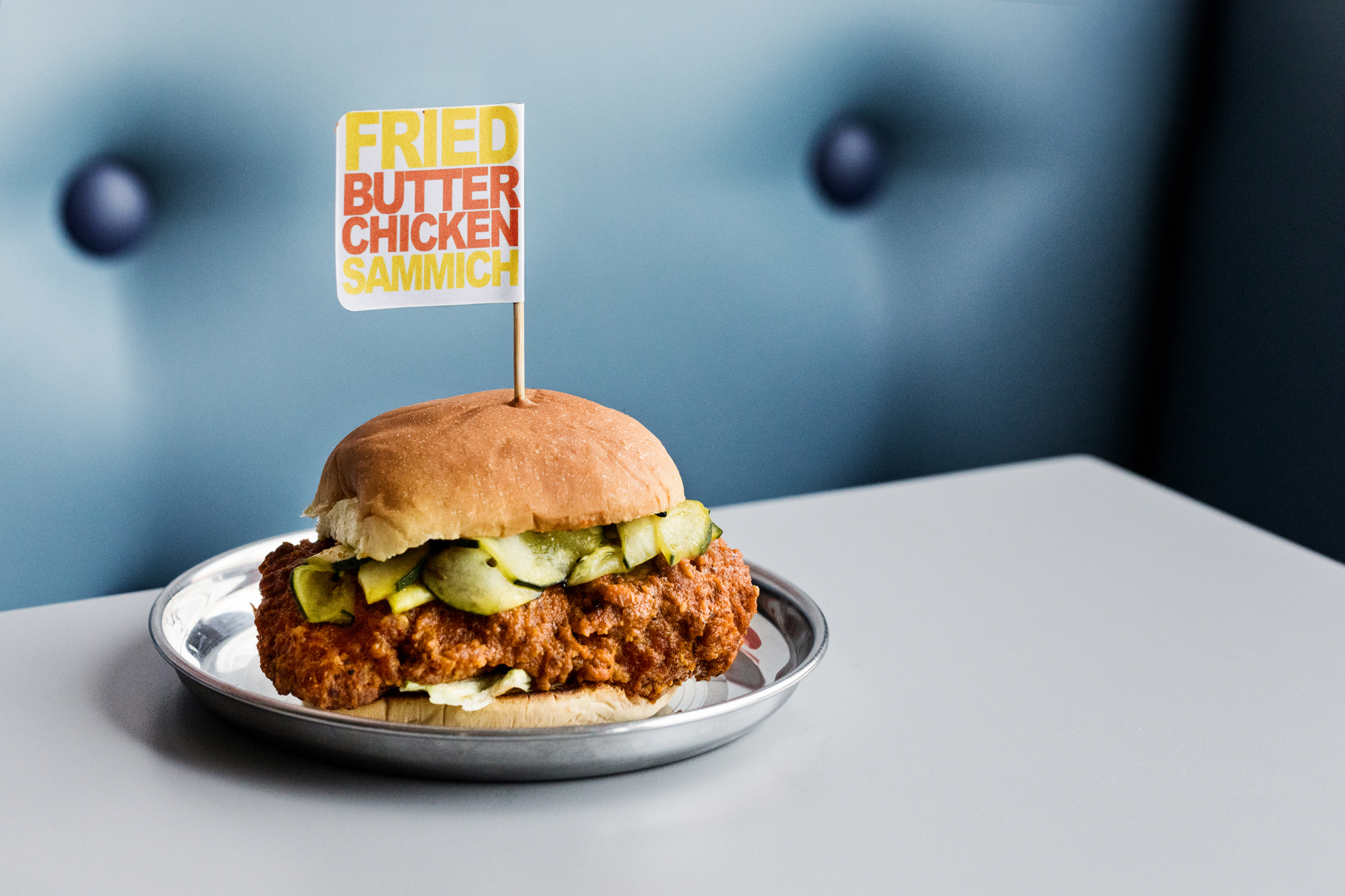
For immigrants and their children, a lot rides on our food: The way we eat and how we share it with others represents the way we navigate shifting identities, and the pressures of representing our cultures. The duality of being something else and American is rarely as easy as fusing. While I might find moments of peace in being Filipino American, those categories still often feel at odds—of course the idea of throwing soy sauce onto something to make it “Asian” will feel like an insult.
According to Marco, reframing conversations around fusion to reflect the experiences of immigration and assimilation isn’t a responsibility that falls to his parents’ generation; they were busy getting their feet on the ground. But with those roots set up for us, it’s on our generation to move the conversation forward.
Reducing anything to just one descriptor will always have challenges: Nothing can fully encompass a world’s worth of cultures, and the generations of cultural exchange between them. For now, fusion continues to be shorthand for reflecting something much larger and more ineffable, the shifting realities of generational experience in America—and for every individual experience, there’s another understanding of what fusion food can mean.
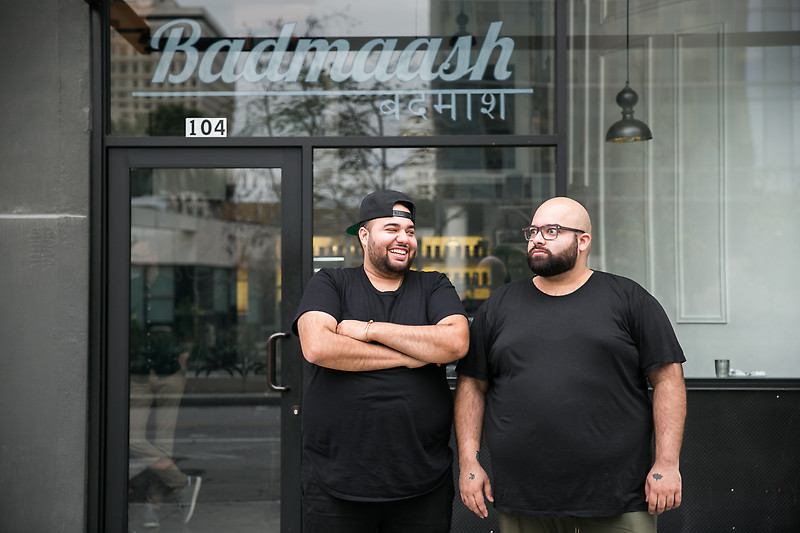
“Our parents don’t have that responsibility to be super political because they spent their whole life trying to make ends meet,” Marco said. “It’s our responsibility to educate, because we have that opportunity now. We’re doing it through a medium that Ralph and I can have control over, which is food. We have that responsibility to deal with it.”
This article originally appeared on VICE US.